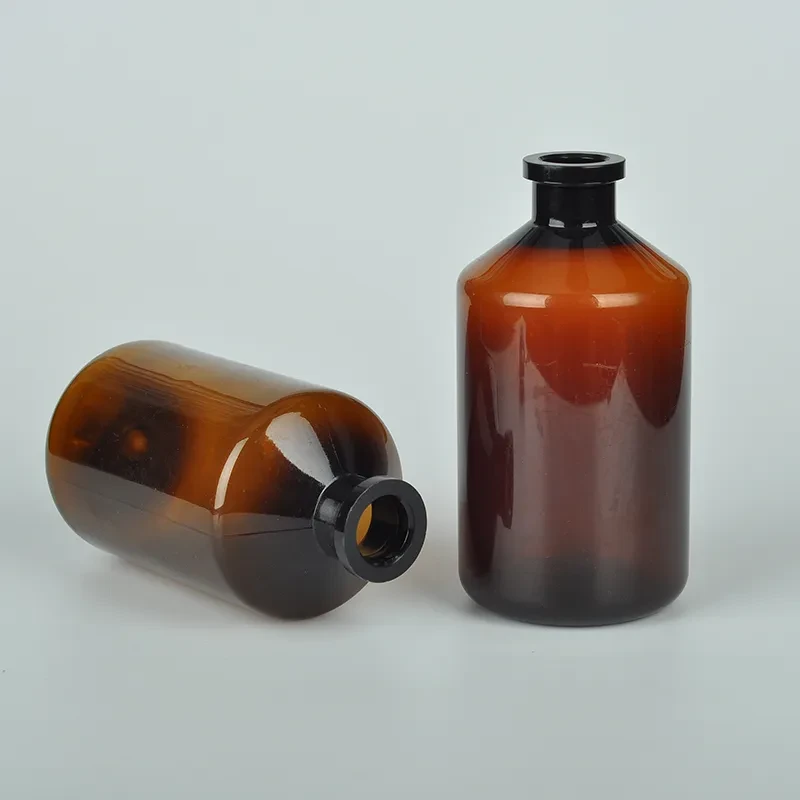
-
 Afrikaans
Afrikaans -
 Albanian
Albanian -
 Amharic
Amharic -
 Arabic
Arabic -
 Armenian
Armenian -
 Azerbaijani
Azerbaijani -
 Basque
Basque -
 Belarusian
Belarusian -
 Bengali
Bengali -
 Bosnian
Bosnian -
 Bulgarian
Bulgarian -
 Catalan
Catalan -
 Cebuano
Cebuano -
 Corsican
Corsican -
 Croatian
Croatian -
 Czech
Czech -
 Danish
Danish -
 Dutch
Dutch -
 English
English -
 Esperanto
Esperanto -
 Estonian
Estonian -
 Finnish
Finnish -
 French
French -
 Frisian
Frisian -
 Galician
Galician -
 Georgian
Georgian -
 German
German -
 Greek
Greek -
 Gujarati
Gujarati -
 Haitian Creole
Haitian Creole -
 hausa
hausa -
 hawaiian
hawaiian -
 Hebrew
Hebrew -
 Hindi
Hindi -
 Miao
Miao -
 Hungarian
Hungarian -
 Icelandic
Icelandic -
 igbo
igbo -
 Indonesian
Indonesian -
 irish
irish -
 Italian
Italian -
 Japanese
Japanese -
 Javanese
Javanese -
 Kannada
Kannada -
 kazakh
kazakh -
 Khmer
Khmer -
 Rwandese
Rwandese -
 Korean
Korean -
 Kurdish
Kurdish -
 Kyrgyz
Kyrgyz -
 Lao
Lao -
 Latin
Latin -
 Latvian
Latvian -
 Lithuanian
Lithuanian -
 Luxembourgish
Luxembourgish -
 Macedonian
Macedonian -
 Malgashi
Malgashi -
 Malay
Malay -
 Malayalam
Malayalam -
 Maltese
Maltese -
 Maori
Maori -
 Marathi
Marathi -
 Mongolian
Mongolian -
 Myanmar
Myanmar -
 Nepali
Nepali -
 Norwegian
Norwegian -
 Norwegian
Norwegian -
 Occitan
Occitan -
 Pashto
Pashto -
 Persian
Persian -
 Polish
Polish -
 Portuguese
Portuguese -
 Punjabi
Punjabi -
 Romanian
Romanian -
 Russian
Russian -
 Samoan
Samoan -
 Scottish Gaelic
Scottish Gaelic -
 Serbian
Serbian -
 Sesotho
Sesotho -
 Shona
Shona -
 Sindhi
Sindhi -
 Sinhala
Sinhala -
 Slovak
Slovak -
 Slovenian
Slovenian -
 Somali
Somali -
 Spanish
Spanish -
 Sundanese
Sundanese -
 Swahili
Swahili -
 Swedish
Swedish -
 Tagalog
Tagalog -
 Tajik
Tajik -
 Tamil
Tamil -
 Tatar
Tatar -
 Telugu
Telugu -
 Thai
Thai -
 Turkish
Turkish -
 Turkmen
Turkmen -
 Ukrainian
Ukrainian -
 Urdu
Urdu -
 Uighur
Uighur -
 Uzbek
Uzbek -
 Vietnamese
Vietnamese -
 Welsh
Welsh -
 Bantu
Bantu -
 Yiddish
Yiddish -
 Yoruba
Yoruba -
 Zulu
Zulu
stoppered reagent bottles
The Significance of Stoppered Reagent Bottles in Laboratories
In laboratories around the world, the use of properly designed reagent bottles is paramount for ensuring the integrity and safety of chemical substances. Among these, stoppered reagent bottles play a crucial role. These bottles are specifically designed to store chemicals, solutions, and reagents securely, protecting them from contamination and evaporation.
One of the primary advantages of stoppered reagent bottles is their ability to maintain the quality of the stored substances. Laboratory reagents often react with oxygen in the air or absorb moisture, which can lead to degradation and loss of effectiveness. By using stoppered bottles, chemists can create a seal that minimizes the exposure of reactive chemicals to air and moisture, thereby prolonging their shelf life and ensuring reliable experimental results.
In addition to preventing contamination, the use of stoppered reagent bottles enhances safety in the laboratory. Many reagents can be hazardous, either through toxicity, corrosiveness, or flammability. A secure stopper acts as a barrier, reducing the risk of accidental spills or exposure to harmful vapors. This protective feature is particularly important in laboratories where sensitive experiments are conducted. The risk of accidents can be dramatically decreased when chemicals are stored in appropriate, sealed containers.
stoppered reagent bottles

Moreover, stoppered reagent bottles are often made of materials that are resistant to the corrosive effects of various chemicals. Glass bottles are widely used because they are inert, which means they do not react with the substances being stored. Plastic alternatives are also available, providing flexibility and lightweight options for laboratory use. Each type of material offers different advantages depending on the specific reagent's properties, allowing laboratories to choose the most suitable option for their needs.
Labeling is another important aspect of working with stoppered reagent bottles. Effective labeling practices ensure that chemists can quickly identify the contents and any pertinent safety information, such as hazard symbols and handling instructions. This is especially critical in environments where multiple reagents are used simultaneously, as it helps prevent mix-ups that could lead to dangerous situations. Proper documentation of the storage conditions and batch numbers linked with these bottles also aids in maintaining quality control and tracking chemical usage.
The design of stoppered reagent bottles has evolved over time, incorporating features that enhance functionality. For instance, some bottles have integrated graduated markings for easy measurement, while others may include special closures that allow for aseptic sampling or dispensing without contaminating the remaining contents. These innovations not only improve efficiency in laboratory workflows but also contribute to maintaining the high standards expected in scientific research.
In conclusion, stoppered reagent bottles are a foundational component of laboratory practices. Their ability to preserve chemical integrity, enhance safety, and facilitate effective organization makes them indispensable tools in various scientific fields. As laboratories continue to push the boundaries of research and discovery, the importance of reliable storage solutions like stoppered reagent bottles will remain a critical focus to ensure accurate results and safeguard personnel. The effective use of these bottles not only signifies best practices in laboratory management but also underscores the commitment to safety and precision in scientific endeavors.
-
Premium Metal Dropper Bottle for Precise Dispensing 250ml & 1ml Options AvailableNewsJul.04,2025
-
20 ml Headspace Vials - High Quality Polyethylene & Plastic Vials for Lab UseNewsJul.04,2025
-
Small Bottle with Pipette - Precise Dispensing 100ml Pipette Bottles for Essential Oils & Lab UseNewsJun.24,2025
-
Acetic Anhydride Bottle for Accurate Dropper Measurement in Pharmacy Use High-Quality Dropper BottlesNewsJun.10,2025
-
Innovative PET Bottle Design for Juice – Unique Shapes & Customization OptionsNewsJun.10,2025
-
20 Pack Sterilized Petri Dishes – Assorted Sizes, High Quality Small Plastic Petri Dishes for Lab UseNewsJun.10,2025






















